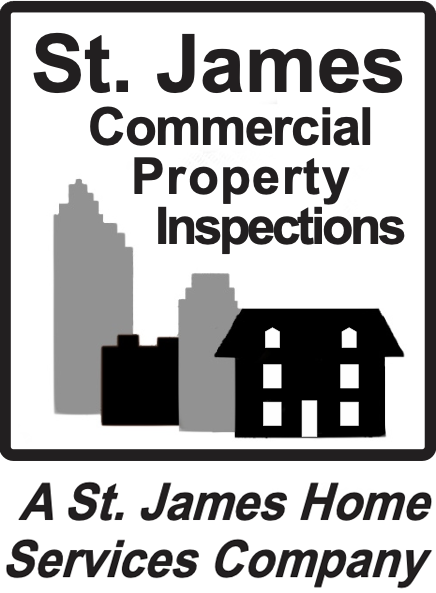Electrical safety should be a top priority for any commercial property owner or tenant, from powering your lighting and HVAC systems to supporting critical technology and operations. But when electrical systems are outdated, overloaded, or poorly maintained, they quickly become a serious hazard. Neglecting proper precautions could result in fires, power outages, equipment damage, and even injury or death. Clear electrical safety protocols are essential for protecting people, property, and productivity.
Electrical Safety Begins with Regular Inspections
One of the most important steps in maintaining electrical safety in commercial buildings is scheduling regular inspections by a licensed professional. Commercial properties often have more complex wiring systems than residential homes, and issues arise over time due to wear, rodents, corrosion, or unpermitted changes made by previous tenants. An electrical inspection helps identify outdated wiring, overloaded circuits, faulty panels, and other problems before they become an emergency.
In many jurisdictions, certain types of businesses must have routine electrical safety checks. Preventative maintenance is still a smart move, even when it’s not mandatory. It goes a long way toward protecting your property investment and keeping tenants, employees, or patrons safe.
Electrical Safety Requires Smart Usage Practices
Many electrical safety hazards in commercial properties stem from everyday misuse. Common issues include extension cords running under carpets, daisy-chained power strips, and blocked access to breaker panels. In office settings, the increasing demand for more plug-in devices will lead to overloaded outlets or improper use of equipment.
Clear policies should be in place to prevent unsafe behavior. Tenants and staff should be educated about the dangers of overloading outlets and using damaged cords or equipment. Commercial kitchens, workshops, and industrial spaces should all have space-specific guidelines for safe use.
Upgrading Electrical Systems to Enhance Safety
Older commercial buildings often have electrical systems that weren’t designed to handle the load of modern businesses. If your building is still running on outdated fuses, aluminum wiring, or an undersized electrical panel, it’s time to upgrade. Modernizing your system will improve electrical safety, increase energy efficiency, and support new technology.
Upgrades might include installing surge protection, adding more circuits, updating wiring materials, or even integrating smart systems that monitor energy use and flag potential hazards. These changes will significantly reduce your risk of fire and equipment failure.
Electrical Safety and Emergency Preparedness
Even with the best precautions, emergencies may happen. Electrical fires, power surges, and outages occur without warning. That’s why your electrical safety plan should include emergency response protocols. All occupants should know where the main breaker is located and how to shut off power if necessary. Exit routes should be well-lit and clear of obstructions, and backup lighting or generators should be tested regularly.
An emergency plan, complete with staff training and regular drills, ensures your building is prepared to respond effectively to unexpected issues without unnecessary delays or confusion.
Partnering with Professionals for Long-Term Safety
Guaranteeing long-term electrical safety in a commercial space requires more than a one-time fix. It’s a partnership with qualified electricians and building maintenance professionals who will help you monitor, maintain, and improve your systems. Annual service contracts, safety audits, and electrical work documentation enhance your safety and support insurance claims and code compliance.
It’s important for leaseholders to understand the division of responsibility between the landlord and tenant. Lease agreements should clearly outline who is responsible for maintaining electrical systems and ensuring compliance with applicable codes.
FAQs
What are common signs of electrical issues in commercial properties?
Common signs include flickering lights, warm outlets, burning smells, circuit breakers that frequently trip, and unusual buzzing sounds. A licensed professional should address these immediately.
How often should electrical inspections be done in a commercial space?
Most experts recommend an inspection every one to five years, depending on the property’s age, use, and local regulations. High-risk industries may require more frequent checks.
Are surge protectors necessary in commercial buildings?
Yes. Surge protectors help prevent equipment damage from power surges and are especially important in buildings with sensitive electronics, like offices, medical facilities, and data centers.
Can tenants be held responsible for electrical safety violations?
It depends on the lease terms. In many cases, tenants are responsible for maintaining safe usage, while landlords handle system maintenance and upgrades.
What should I do if I suspect an electrical hazard in my building?
Stop using the affected area or equipment and contact a licensed electrician immediately. Do not attempt to troubleshoot commercial electrical issues on your own.
St. James Commercial Property Inspections offers commercial inspection services in North Carolina and Southern Virginia. Contact us to request an appointment.

